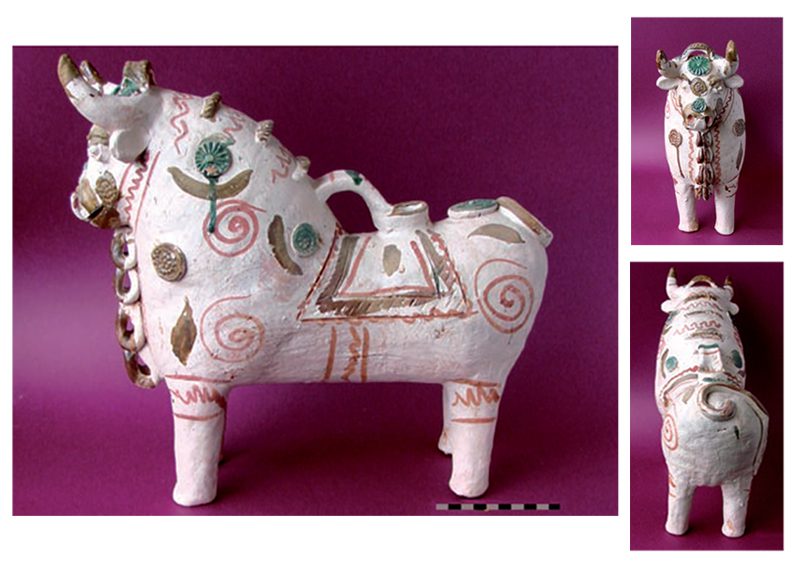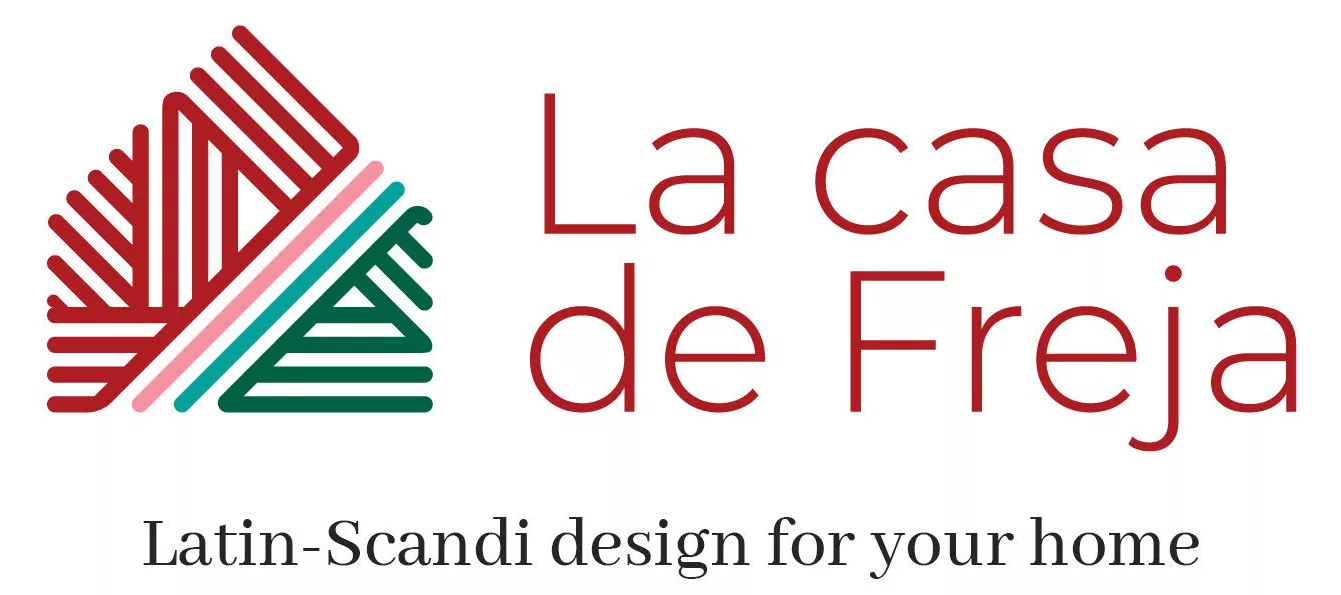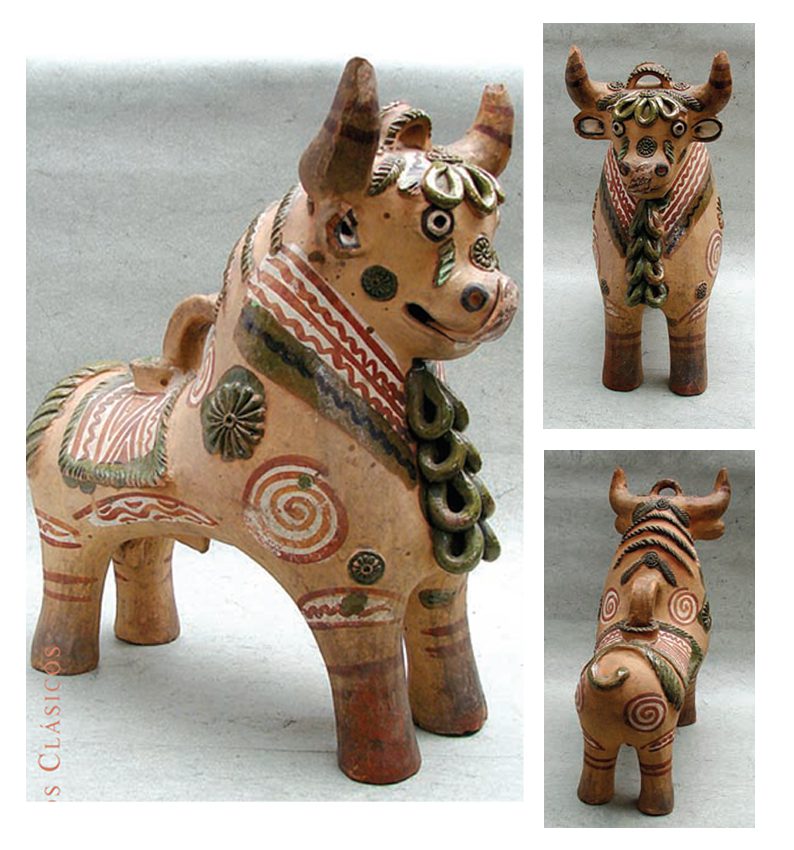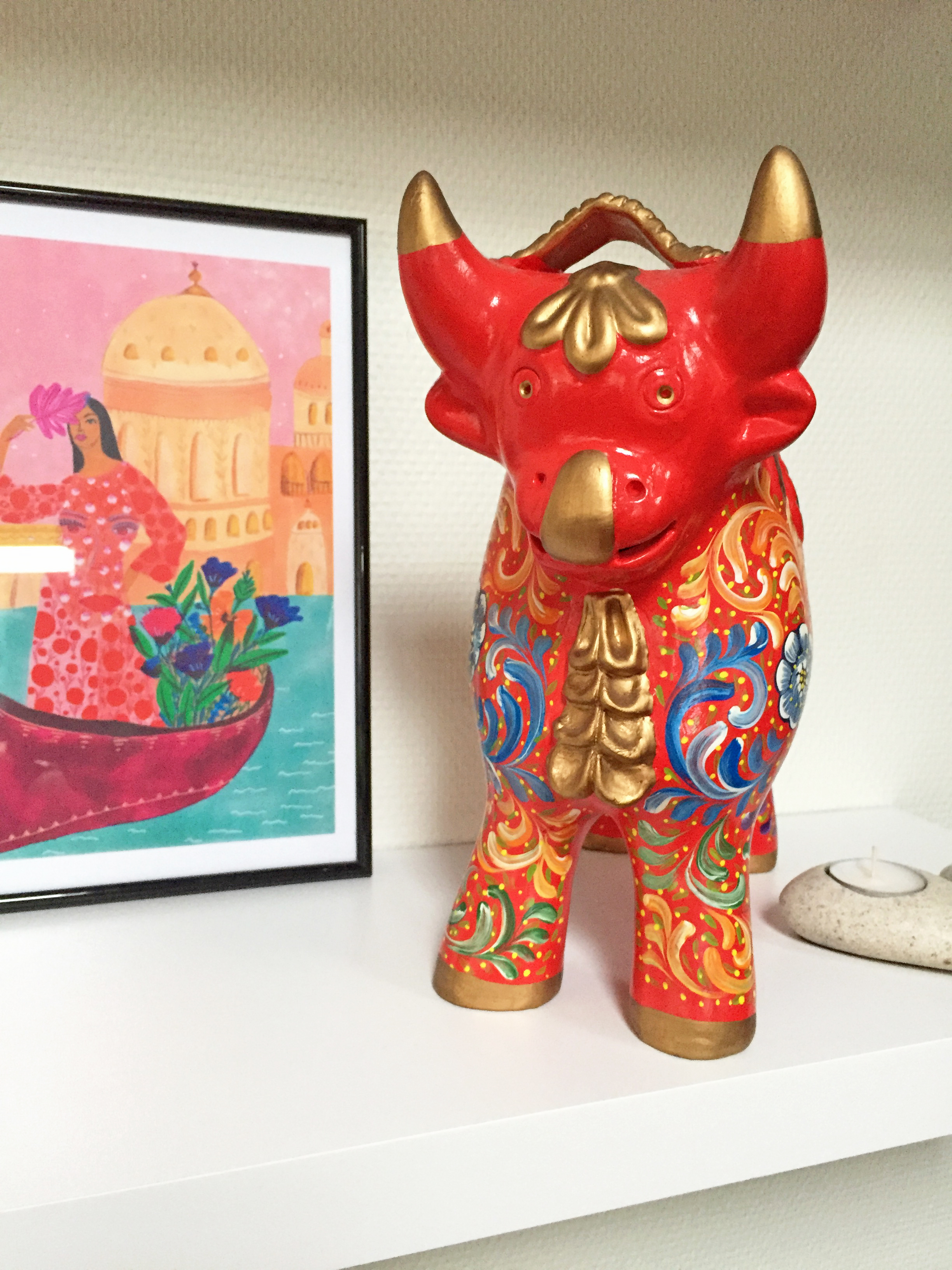Torito de Pucará, from the Andean ritual to our homes
- By Fiorella Madsen
- January 16, 2019
- 8 Comments
The “Torito de Pucará” is a symbol of the Andean culture, known as qonopa or illa, which was used in rituals.
Then it became a totem symbolizing protection, it is very common to see it in the highest part of the roofs of houses and businesses in Puno. It is also a symbol of happiness in marriage and fertility at home.
And it is recently that it has been given a more aesthetic value, largely due to tourism. Now they have become inside the houses as decorative elements, integrating with our style of decoration.
The birthplace of the Torito de Pucará
The Torito de Pucará is not originated only from Pucará, although it is named after the Pucará railway station since it is a place where it is usually sold due to its strategic position between the cities of Cusco and Puno.
Its origin reaches the entire North Lake Titicaca Basin which has a pottery tradition that began more than 3000 thousand years ago. Here the Pucará culture was developed, which includes the current territories of the districts of Pucará, José Domingo Choquehuanca and Santiago de Pupuja.
Tradition
El Torito de Pucará is traditional art that is inherited from the ancestors, and it is from the age of 6-8 years that the children begin to manipulate the clay. A tradition that is also the sustenance of many of the families that are dedicated to its manufacture and cultural diffusion of this part of Peru.
Its raw material is clay (or sañu, in Quechua) that is glazed and baked in ovens at over 4.000 meters high (13.000 feet). Its production takes place all year, but especially in the period between May and October.

Source: Toro, torito de Pucará. José Lecaros collection. Artisans: Mariano Choquehuana and Simón Roque.
The legend that is told in the region
They say that the bull of Pucará represents the cult to this animal and that began many years ago during a very strong drought that affected this area. A farmer climbed with his bull to San Cayetano hill waiting for the miracle of finding water.
But halfway up the hill, the bull got tired and ended up goring a rock. And from there, water began to sprout. Since then, bulls are symbols of strength, courage and energy, and are placed on the roofs of houses.
My Torito de Pucará
Do you want to visit Peru and learn more about its crafts? Check the links down
Have a nice day!
Fiorella 🙂
Sources:
Toro, torito de Pucará. Galería y estudios. Mincetur. Perú, 2010.






